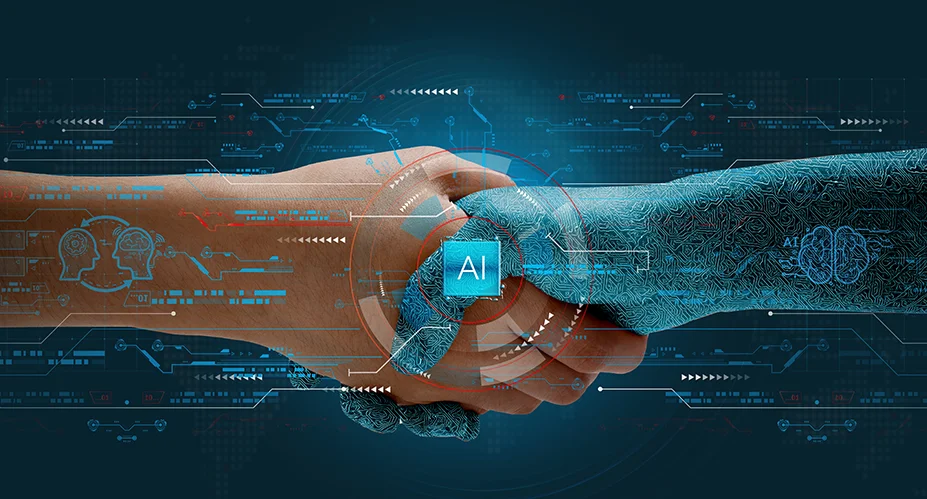“Technology is best when it brings people together.” – Matt Mullenweg
In today’s leadership landscape, technology and human intuition are not alternatives – they are counterparts.
High-performing organizations understand that AI-powered tools accelerate insight, but human judgment remains the ultimate differentiator in selecting leaders who truly transform organizations.
The most effective executive decisions are born at this intersection.
High-tech advantage
Advanced digital tools now allow us to:
-
analyze complex data sets with precision,
-
screen talent pools at unprecedented scale and speed,
-
identify capability signals and leadership indicators supported by evidence.
Technology enhances rigor, efficiency, and fairness.
But data alone doesn’t build culture or vision.
High-touch reality
Leadership is not purely analytical — it is relational, contextual, and deeply human.
What truly shapes culture, inspires people, and drives change often emerges through:
-
in-depth dialogue,
-
contextual interpretation,
-
reading nuance and emotional intelligence,
-
understanding ambition, values, and authenticity.
AI can detect patterns.
Human expertise recognizes potential.
Where the future is heading
The organizations that will thrive do not choose between human or digital. They choose both — intentionally.
They combine:
-
data-driven insight with
-
contextual interpretation,
-
algorithmic precision with
-
seasoned experience.
In succession and C-suite appointments, technology informs the process — but judgment defines the outcome.
If we rely solely on data, we risk missing the very qualities that ignite transformation.
A question worth asking
📌 Where should data end — and judgment begin — in executive search?
Let’s rethink the equilibrium.
The most powerful leadership decisions blend AI-enabled assessment with deep human insight and lived experience.
Kienbaum Netherlands
